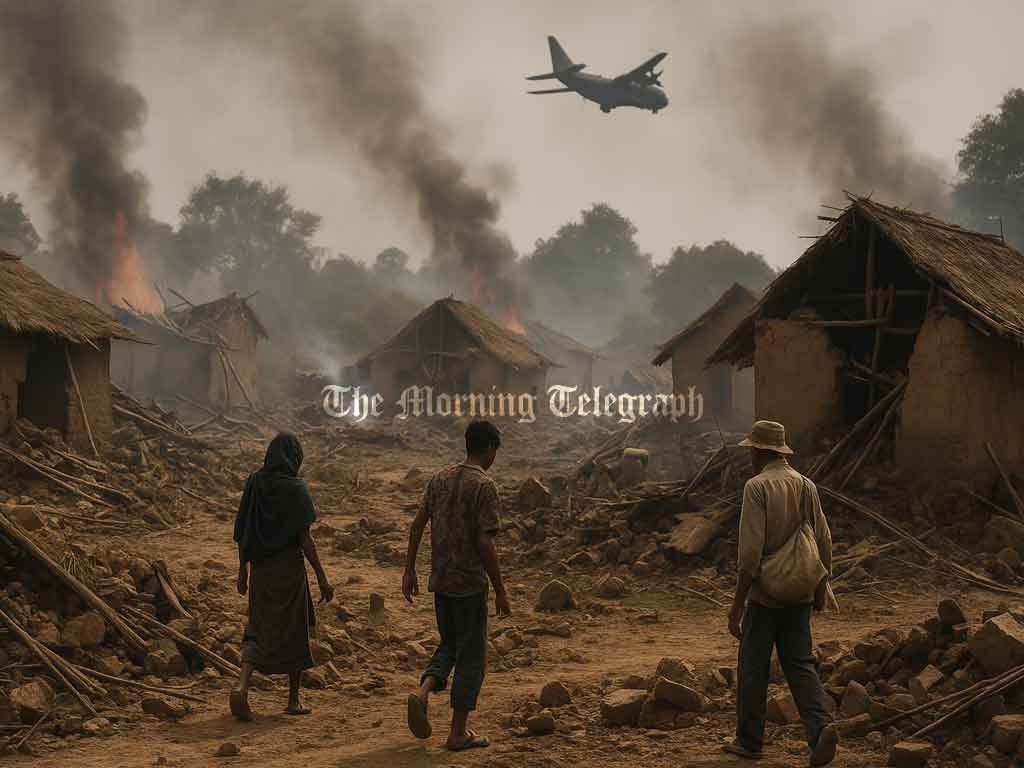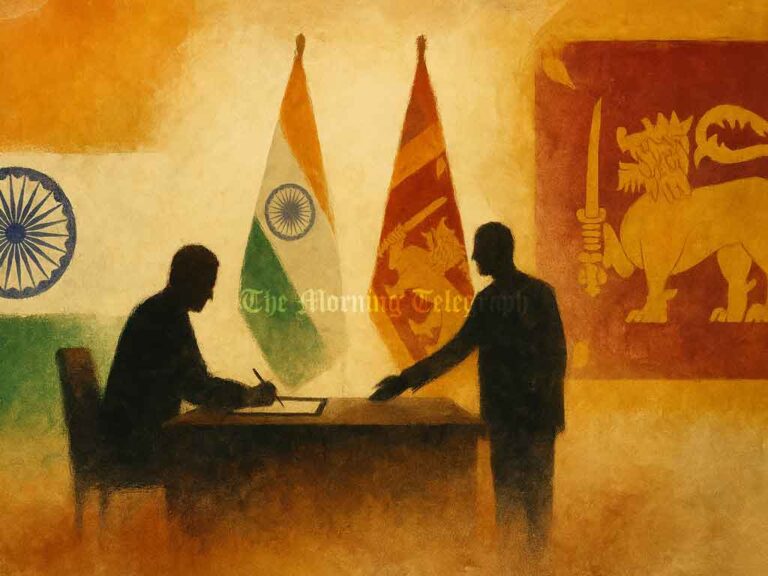
Myanmar’s military junta has continued bombing operations across parts of the country even as the nation reels from a devastating earthquake that has reportedly killed more than 2,000 people.
The United Nations has condemned the attacks, calling them “utterly reprehensible and unacceptable.”
UN special envoy Tom Andrews said it was “incomprehensible” that the military would continue to “drop bombs while people are trying to save lives” following the disaster.
He called for an immediate halt to all military operations. “All those affected by the military must step up pressure on them and make it very clear that this is not acceptable,” he urged.
“I urge the junta to stop all military operations,” he added.
Seven people were reportedly killed in an airstrike in Nyaungchho, northern Shan State, according to verified local sources. The airstrike occurred less than three hours after the earthquake, at around 3:30 p.m. local time on Friday, March 28.
Rebel sources also reported that the Myanmar military launched ground assaults in the quake-hit Sagaing Region on Monday, March 31.
A spokesperson for the Chaoyang U People’s Defense Force, a civilian militia group, confirmed they came under heavy mortar fire and witnessed five military convoys entering the area.
These military operations have continued even as emergency relief workers in the region remain under-resourced and struggle to cope with the aftermath of the earthquake.
Pro-democracy rebel groups attempting to overthrow the military regime also reported airstrikes in Chang-U, a town in northwestern Sagaing Region and the earthquake’s epicenter. Other strikes were reported near the Thai border.
The military also continued its air campaigns on Monday in other regions of the country, aiming to suppress the growing nationwide pro-democracy resistance.
The National Unity Government (NUG), which represents the ousted civilian leadership, announced a two-week pause in “offensive military operations, except for defensive measures,” in areas affected by the earthquake, starting Sunday.
The 7.7-magnitude earthquake in Sagaing was felt in neighboring countries, with reports of widespread destruction in Mandalay, Myanmar’s second-largest city, and in Nay Pyi Taw, the capital, located more than 150 miles (241 kilometers) away.
The junta has claimed that 2,056 people have died, more than 3,900 have been injured, and 270 remain missing. These figures, however, could not be independently verified.
Temperatures in Mandalay have soared to 40°C, and local residents report a pervasive stench of decomposing bodies in the rubble-filled streets.
The United States Geological Survey (USGS) predicted on Friday that “the death toll is very likely to exceed 10,000,” given the magnitude and location of the quake.
The earthquake comes amid ongoing civil unrest following a military coup in 2021. The coup led to mass protests demanding the return of democratic governance.
What began as a civil disobedience movement evolved into a nationwide insurgency, with pro-democracy protesters and ethnic armed groups taking up arms. The conflict has now grown into a full-scale civil war.
Four years into the conflict, intense battles continue between the junta and a coalition of ethnic and resistance forces.
The military, having suffered several battlefield defeats and lost control over large swathes of territory, is increasingly relying on aerial bombardments to crush opposition.
Much of the Sagaing Region, where the earthquake was centered, is under the control of anti-junta forces.
A recent investigation revealed that the junta now controls less than 25% of the country. Ethnic and resistance forces control approximately 42%, with ongoing fighting over the remaining territories.
The military maintains a significant edge in air power, while resistance forces lack air defense capabilities.
The junta has been widely criticized for indiscriminate aerial attacks that have devastated schools, monasteries, churches, and hospitals. One such attack killed more than 170 civilians, including many women and children.
The UN Human Rights Office has accused Myanmar’s military regime of committing war crimes and crimes against humanity.
The air campaign is being sustained with military support from Russia and China. Despite international calls for an arms embargo following the 2021 coup, both countries have continued to supply modern fighter aircraft and training to the junta.
In addition to military support, Russia and China have recently sent humanitarian aid and relief teams to Myanmar. However, Burmese human rights activist Julie Cain, based in the UK, expressed skepticism about their intentions.
“It is hard to believe their compassion when the same countries supplying deadly weapons to the military are also sending aid,” she said.
Concerns are growing that the junta is weaponizing humanitarian aid, restricting its distribution to areas under military control while blocking it from regions held by resistance forces.
UN envoy Tom Andrews warned that this tactic has been used in previous disasters. “What we know from past humanitarian crises is that the junta doesn’t tell the truth. They block aid from reaching those who need it most,” he said.
“They use aid as a weapon, sending it only to areas under their control and withholding it from others. They block access routes, arrest aid workers, and obstruct relief operations,” Andrews added.
“I fear, sadly, that we are about to witness the same pattern in response to this disaster.”




